Teano. Church of San Francesco.
2022
Teano. Church of San Francesco. Built in the fourteenth century, in Gothic style, by the Conventual Minors it was extensively remodeled in the Baroque age.
You may also like

2021
Teano. The Dome. The Pulpit
The cathedral, originally dedicated to San Terenziano, was later named after San Clemente. Construction began in 1050 by Bishop Guglielmo, to replace the old cathedral of San Paride ad Fontem, located outside the city walls. The works were completed in 1116 by Bishop Pandulfo. The building has a basilica structure divided into three naves by two rows of columns. In 1608 it was damaged internally by a fire that almost completely destroyed the cosmates ambo, subsequently recomposed using the remains of the previous one integrated with the marble slabs of a fourteenth-century sepulchral monument already present in the church and positioned on twisted columns, two of which rested on fountain lions. During the 16th century the Romanesque apse was modified and on that occasion a precious carved wooden choir was built in the presbytery, built in 1539 by the Benedictine Antonio Maria Sertorio. The choir underwent two restorations, the first in the 17th century and the second in 1957, following the damage suffered during the Second World War.
2024
Gallo Matese, the lake
In the municipality of Gallo Matese, there is an artificial compensation lake, whose waters are used to power the ENEL hydroelectric plant of Capriati in Volturno. With an iridescent green/blue color and 19 million cubic meters of water, it is a destination above all for carp fishing enthusiasts, a type of sport fishing widely practiced in recent years, and for those who practice canoeing and trekking.
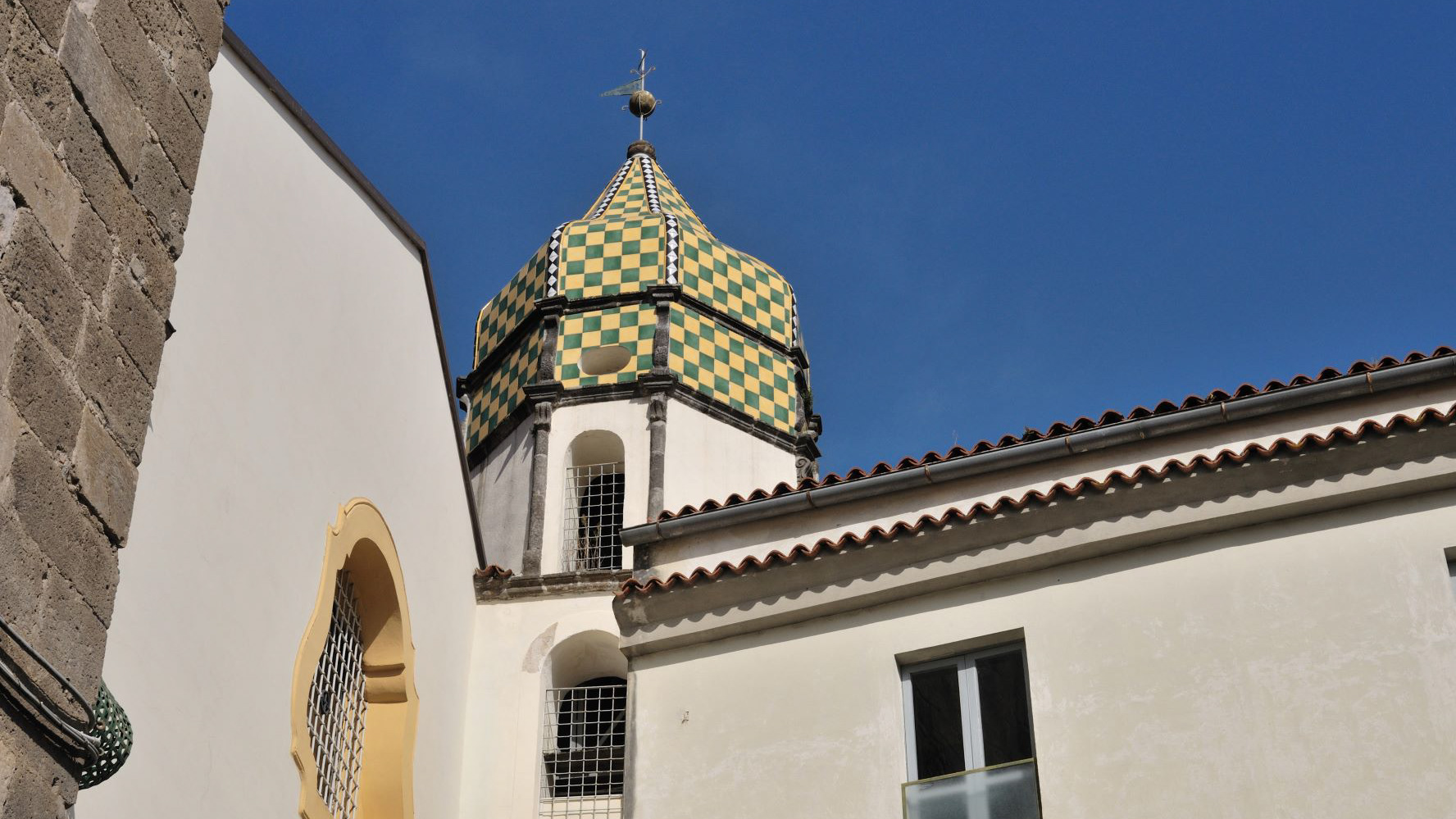
2021
Teano. Monastery of Santa Caterina
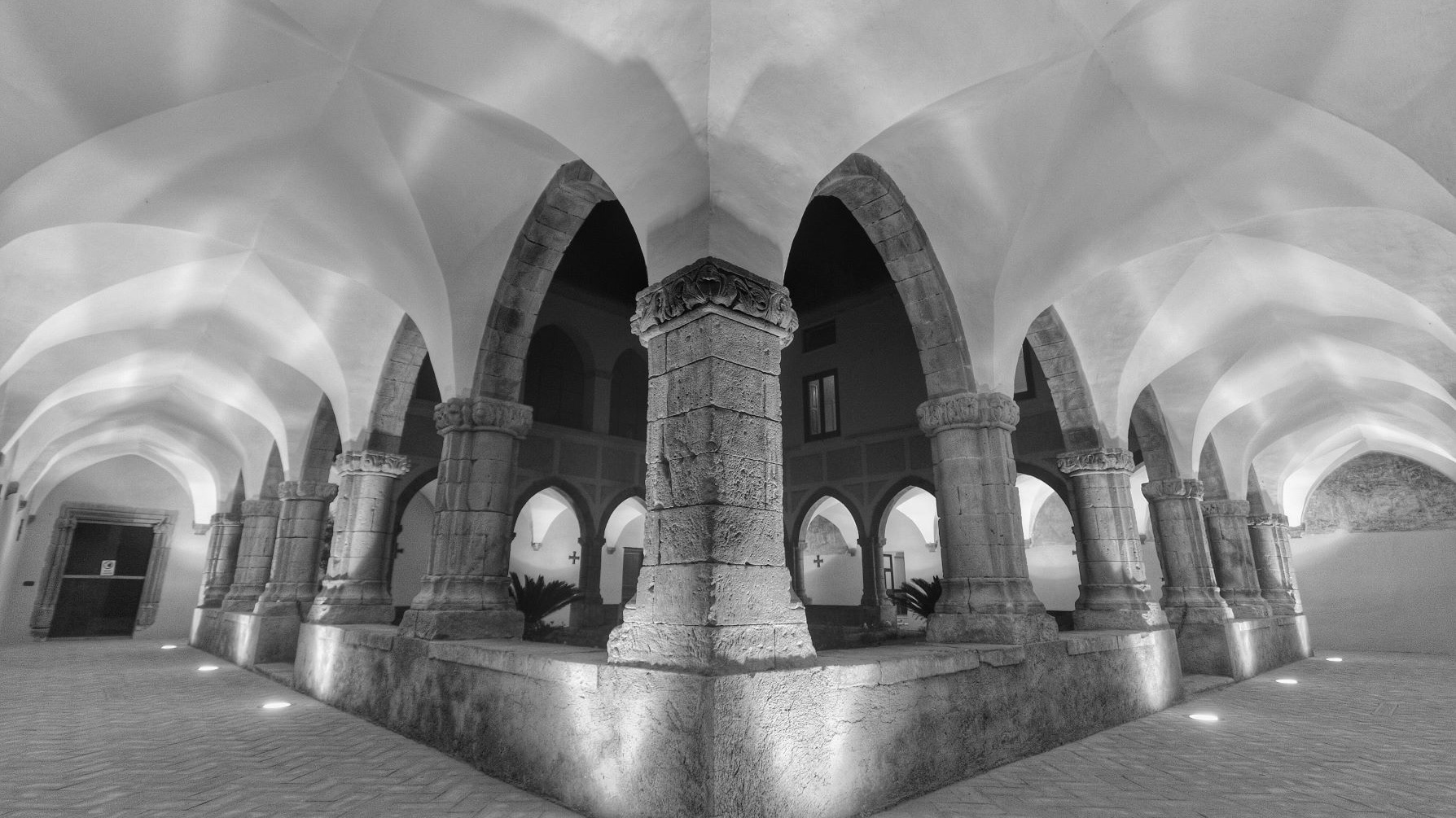
2021
Teano, Monastery of Sant'Antonio da Padova
On the top of the homonymous hill stands the Franciscan monastic complex dedicated to St. Anthony of Padua, a true symbol of Sidycin and non-Sidycin Christian devotion. Much has been written about the monastic complex in recent decades and almost everything is known about it by now. The monastery was built in 1427 by the Franciscan friars Martino di Campagna and Nicola di Castellammare di Stabia on a land owned by the knight Ludovico Galluccio
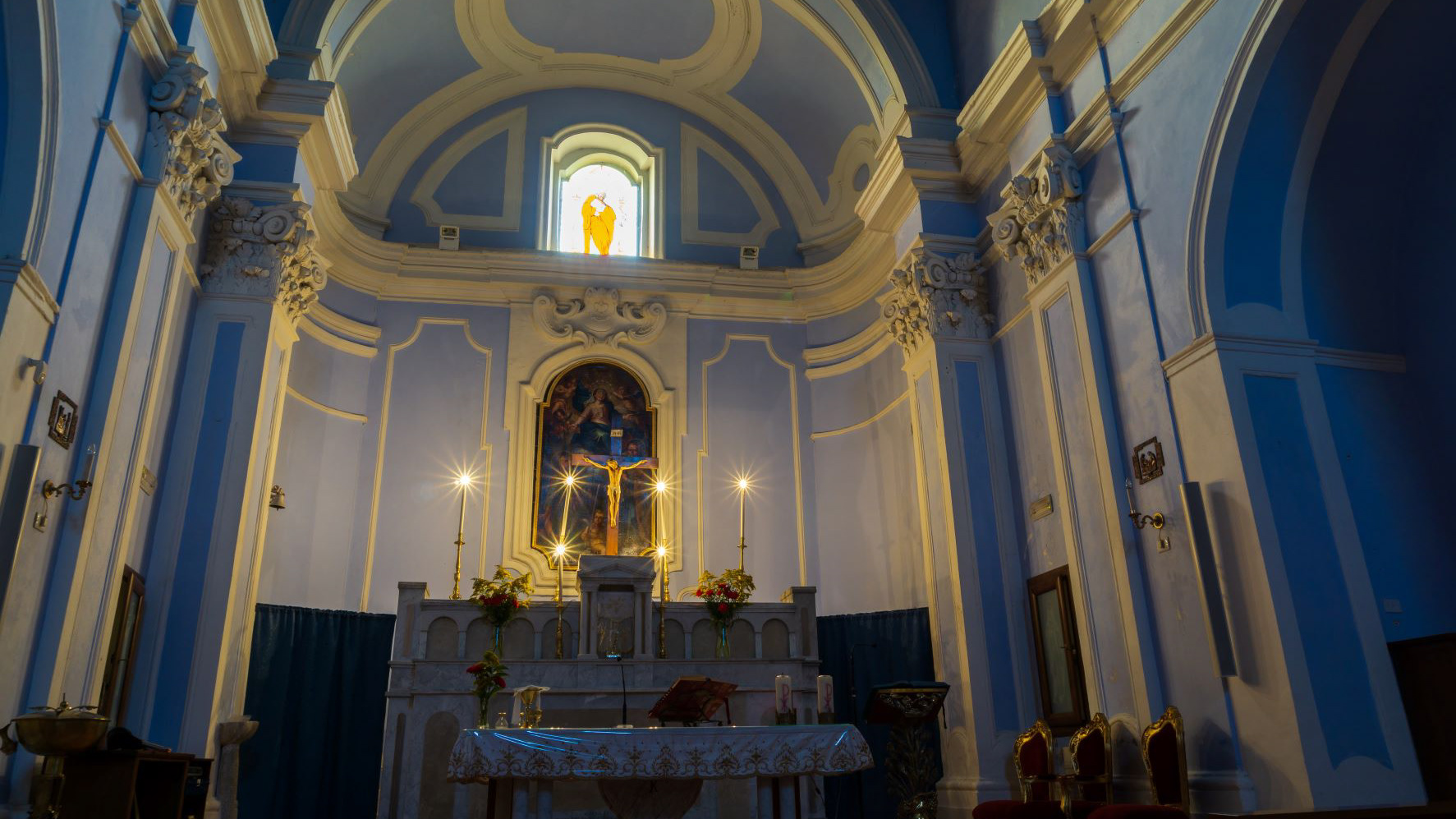
2021
Teano, Frazione Furnolo
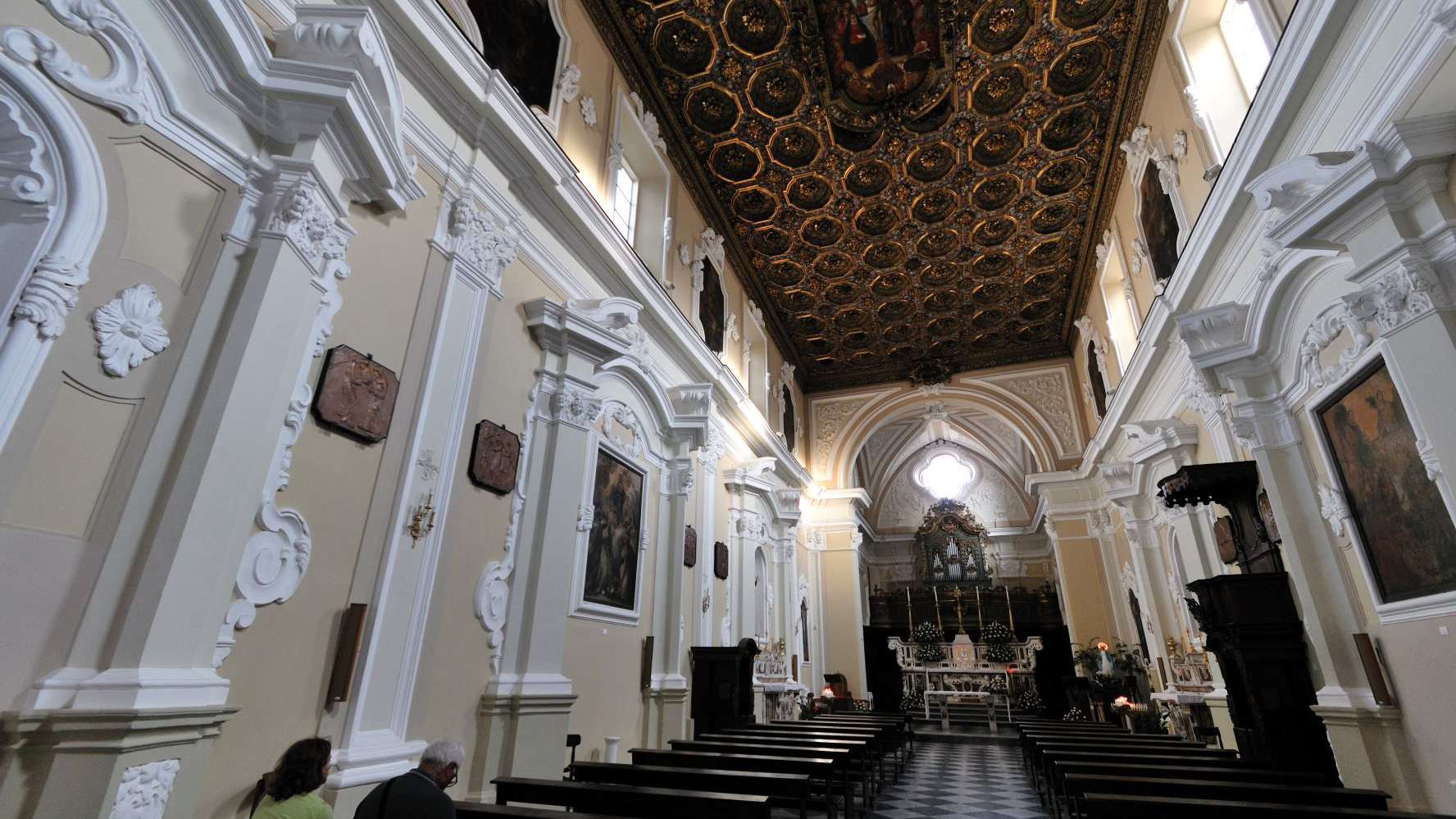
2021
Teano. Church of San Francesco.
Built in the fourteenth century, in Gothic style, by the Conventual Minors it was extensively remodeled in the Baroque age. The magnificent gilded wooden ceiling with one hundred finely carved coffers, with outlines decorated with wreaths of painted roses, for the splendor of the gilded mass wins the comparison with many other similar works. The panel in the center of the ceiling (St. Francis and the council), in which the popes Pius XII, John XXIII and Paul VI and the late bishop of Teano Mons. Sperandeo are depicted, is a modern work by Augusto De Rose. On the entrance door there is a large canvas of the Immaculate Conception by Girolamo Cenatiempo (first half of the 18th century).
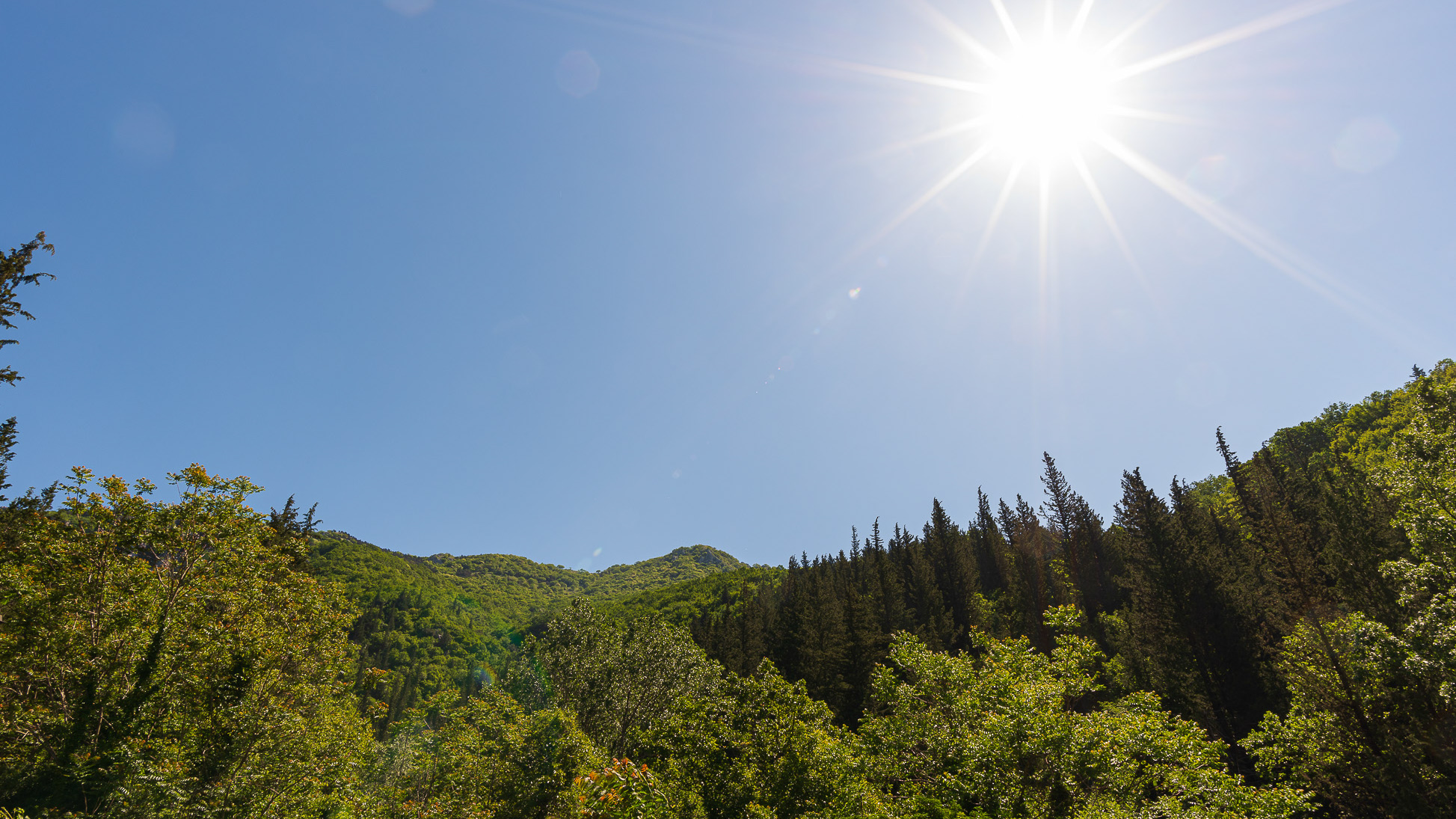
2022
Fontegreca. La Cipresseta
The natural cypress forest extends above the town of Fontegreca, in the Zappini wood up to the valley of the Sava river. It is a destination for tourists, for its very healthy air.

2007
Vairano Patenora (CE), the Aragonese Castle
The Aragonese castle of Vairano was built on the remains of the Norman and Swabian ones between 1491 and 1503 by Innico II d'Avalos. It has four towers of which the largest, located to the south-east, is called "Torre mastra" and has an open atrium entrance. The interior is destroyed, but the subdivision of the floors, the kitchens, the prisons and the old cistern are still visible.
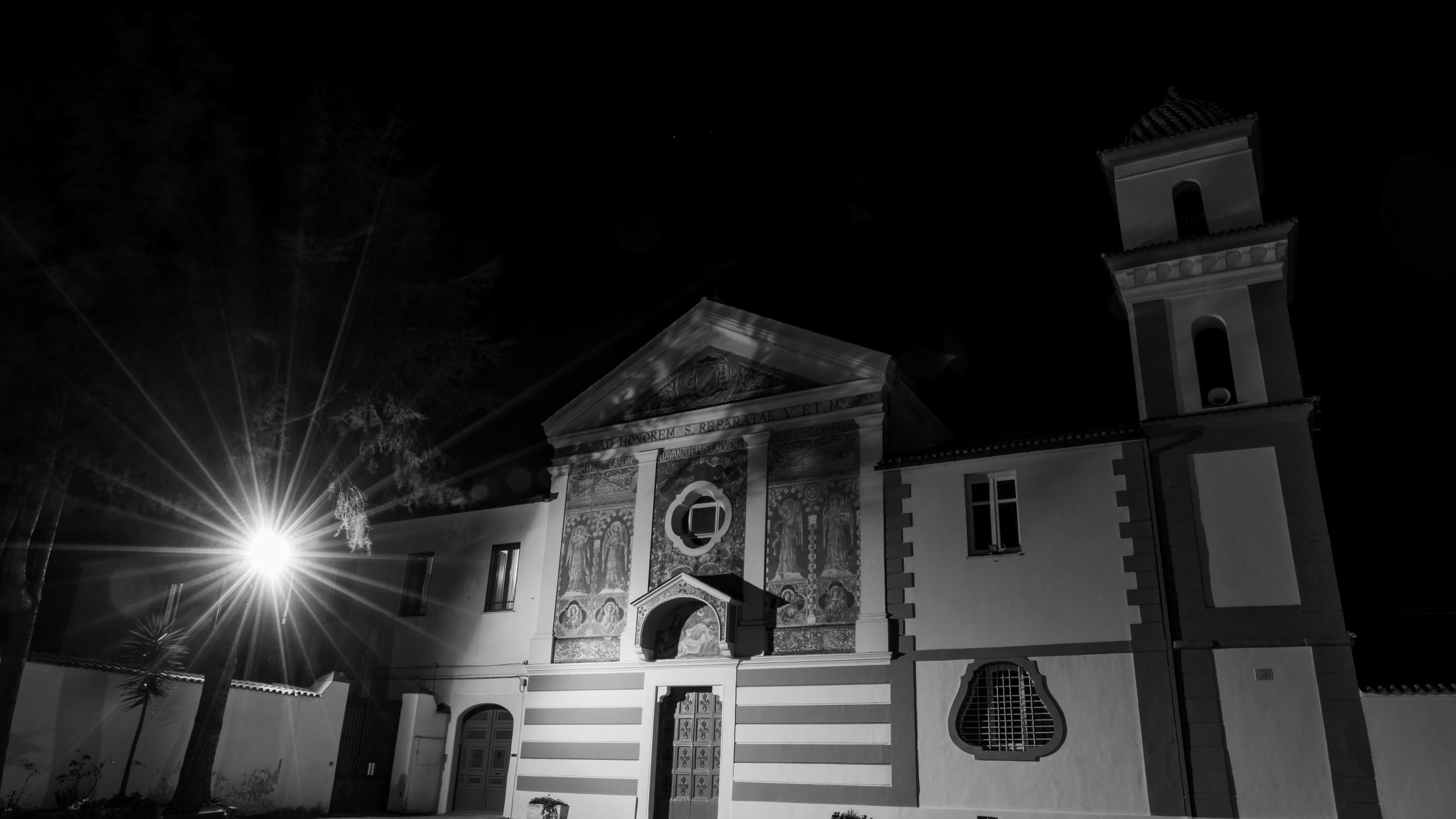
2020
Teano. The Monastery of S. Reparata
The Monastery of S. Reparata, probably founded in the 9th century, was canonically suppressed after the Council of Trent, due to the supervening prohibition of holding female monasteries outside the town. The nuns were welcomed in the Monastery of S. Caterina. The Monastery of S. Reparata is located along the road to Roccamonfina, in the Pino district and its foundation is not prior to 804 as it is not mentioned in the privilege of Charlemagne, which lists all the Benedictine possessions in Teano. The most probable date is the second half of the century. IX. According to the Bishop Mons. Domenico Giordano, the transfer of S. Reparata to the Cathedral took place in the year 880. It is one of the most important monasteries in Teano because the remains of Santa Reparata, who is the patron saint of Nice, are kept inside the church. his diocese, of the cities of Atri and Casoli; co-patroness of Florence, of Teano, of the diocese of Teramo-Atri and patroness and protector of the municipality of Pesco Sannita.
2022
Teano. Convent of Santa Reparata
It is one of the most important convents in Teano, also because inside the building there are the remains of the Saint who is the Coopatrona of Teano, as well as the patron saint of Florence.
